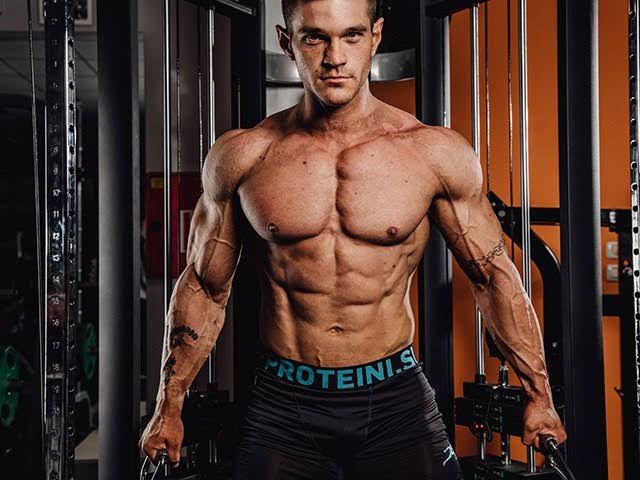
- May 28, 2025
- Fitness
The Science of Body Growth: Understanding the Dynamics of Human Development
The Science of Body Growth: Understanding the Dynamics of Human Development
The Science of Body Growth: Understanding the Dynamics of Human Development
Body growth is a fundamental aspect of human development that occurs throughout various stages of life. Understanding the complexities of this process not only elucidates how individuals change physically but also presents insights into health, nutrition, and overall well-being. This blog post will explore the physiological mechanisms behind body growth, the stages of development, and the factors that influence growth patterns.
The Phases of Body Growth
Body growth is characterized by several distinct phases, each with its own unique features:
- Infancy: The first stage of life, lasting from birth to around 2 years old, is marked by rapid growth. Infants typically triple their birth weight by their first birthday and increase in length by 50% during the same period.
- Childhood: This stage spans from ages 2 to 11, where growth continues but at a slower pace compared to infancy. During these years, children develop vital skills and grow in height and weight at a steady rate.
- Adolescence: Perhaps the most significant growth phase, adolescence typically begins around ages 12-14 and can last until the late teens. During this time, individuals experience growth spurts driven by hormonal changes, especially during puberty.
- Adulthood: After reaching their full height in late adolescence to early adulthood, individuals experience gradual changes in body composition rather than significant growth. Muscle mass and body fat can fluctuate based on lifestyle choices.
Physiological Mechanisms of Growth
Several physiological processes govern body growth:
- Hormonal Influences: Growth hormone (GH), produced by the pituitary gland, plays a critical role in growth. It stimulates the growth of bones and tissues. Additionally, sex hormones such as estrogen and testosterone are pivotal during puberty, contributing to the acceleration of growth and the development of secondary sexual characteristics.
- Nutrition: Proper nutrition is vital for optimal growth. Key nutrients such as proteins, vitamins (especially Vitamin D), and minerals like calcium are necessary for bone development and overall health. A balanced diet not only supports physical growth but also cognitive development.
- Genetics: Genetic factors determine the potential for growth and height. Hereditary traits influence not just height, but also body composition and distribution of muscle and fat throughout an individual’s life.
Factors Influencing Growth Patterns
A variety of external factors can impact body growth:
- Socioeconomic Status: Children from economically disadvantaged backgrounds may face nutritional deficiencies affecting their growth.
- Health Conditions: Chronic illnesses, hormonal disorders, and infections can impede growth. It is important for children experiencing prolonged health issues to receive medical attention promptly.
- Physical Activity: Regular exercise can promote healthy growth. Weight-bearing activities in childhood can help strengthen bones and muscles.
Conclusion
Body growth is a complex interplay of genetic, biochemical, and environmental factors that unfold over a lifetime. Understanding the phases of growth and the various influences allows for a better comprehension of human development. As we strive towards optimal health, recognizing the importance of proper nutrition, regular exercise, and addressing health issues at a young age can significantly contribute to healthy growth trajectories throughout life.









